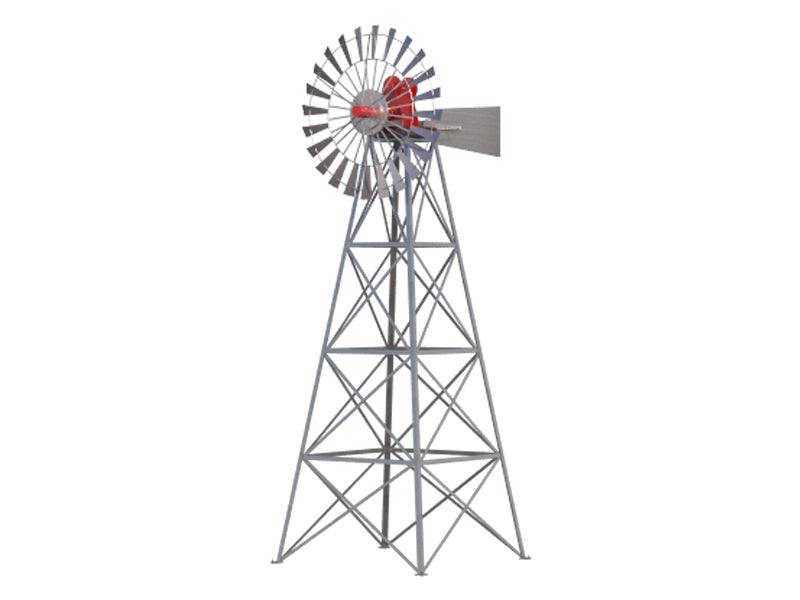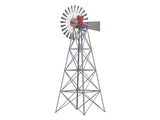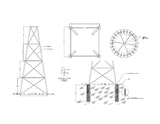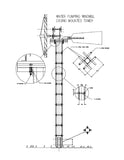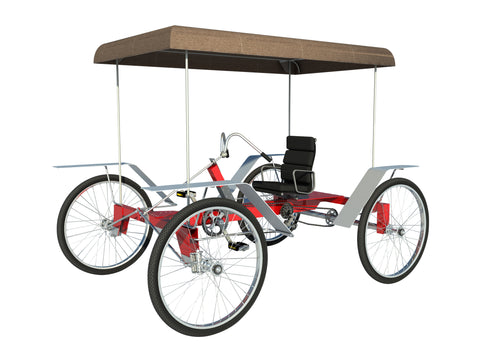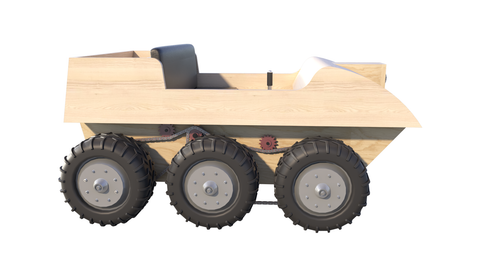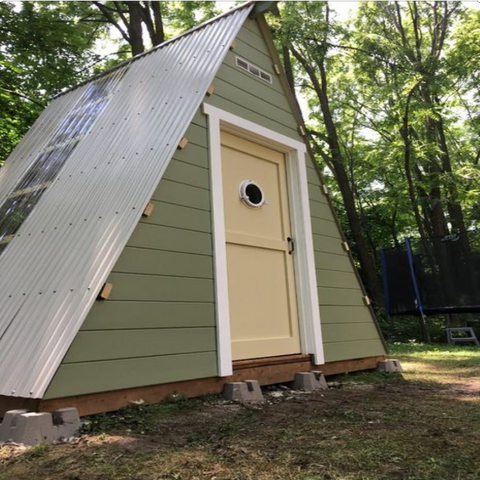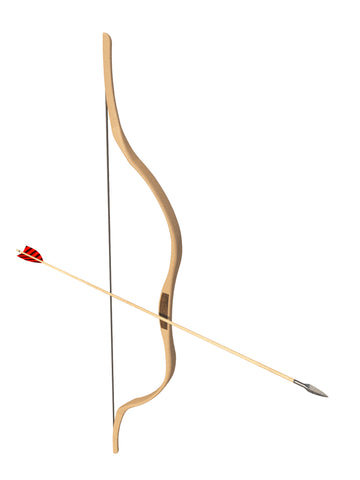Windmill Water Aerator DIY Plans Alternative Energy Wind Power Generator Antenna
I will provide you with 2 Windmill Water Aerator designs. One is for a traditional type lattice tower and the other is for a casing mounted tower. the main difference is the size of the footprint. This Canadian design windmill is designed as 18 feet tall with a 5 foot fan but can be scaled up or down. The windmill can be used as an aerator to bubble a pond or lake to keep it from freezing, to keep a boat from freezing in, or to add oxygen to the water to retard algae growth and prevent fish from dying.
As a wind operated water pump, the windmill can pump water for home use, livestock or irrigation.
The Canadian design windmill uses a air compressor or an old air pump from the pollution control of a scrap automobile for pond aeration. The wind power can also be harnessed for battery charging or power generation. Plans are easy to follow. There are no step by step directions but if you follow the drawings it is easy to build.
What Is a Water Pumping Windmill?
If you want to install a windmill to pump water, you should be aware of a few basic aspects that can affect its performance. This article will cover the functions of windmills, drawdown, rotor blade match, and alternative sources of power. After reading this article, you should be able to make a well-informed decision. This article will also cover the drawbacks of windmills and help you determine whether this type of power source will be a good choice for you.
Function
You might be wondering if a Water Pumping Windmill can really work. The answer is yes, but it won't pump huge volumes of water. Usually, windmills pump only a few gallons of water per minute, but you can use it to tell a well driller when to stop drilling. But before you install one, make sure you know your well's water table. Here are some tips that can help you find the right windmill for your situation.
Drawdown
The Drawdown of a Water Pumping Wind Mill is a measurable quantity of static water falling to the bottom of a well. Water pumps need a steady flow of water, so their drawdown must be high enough to replenish wells. Windmills usually need a five gallon per minute (gpm) well to pump water. The pumping rate and refreshment rate of a windmill will determine its efficiency.
Optimum rotor blade match
Optimum rotor blade match is a crucial aspect for any Water Pumping Windmill. Even if the windmill is not perfectly matched, the power output will still be sufficient. This is because a windmill is designed to use wind to pump water. However, because the wind speed is not always consistent, the rotor blades must be matched with the pump. If the blades are not matched, then the windmill will not be able to produce enough torque.
Alternative power sources
A water pump needs to have several different features depending on the location and quantity of water you need to pump. This may also be influenced by the depth of the well. The most significant consideration is the location of the water well. A windmill can pump water from a far distance, but it is always important to consider the location of the well when selecting an alternative power source. Solar and wind energy are both effective for water pumping, and the advantages of using solar energy are durability and predictability. However, solar systems are much more expensive than comparable wind energy systems.
Cost
There are a couple of ways to reduce the cost of your water pumping windmill. A mechanical system will require wind to pump water, and the cost of an electric wind water pumping system is considerably lower. This option can store wind energy and pump water at a lower rate during periods of low wind. Additionally, a computer controlled wind electric pumping system can operate water filtration systems and multiple pumps from a single wind turbine generator.
All DIY plans are designed by Ben Stone. Ben is a retired Engineer in Canada. Ben also drafts these himself using the latest AutoCAD software to ensure accuracy. He studied Engineering back in the early 1980's. After over 30 years in the Construction industry he developed a passion for building cool items around his farm and cabin. These are great DIY projects. With a little skill anybody can Do It Yourself. Ben is always a email away if you have any questions while building one of his projects. He is adding new plans all the time.

